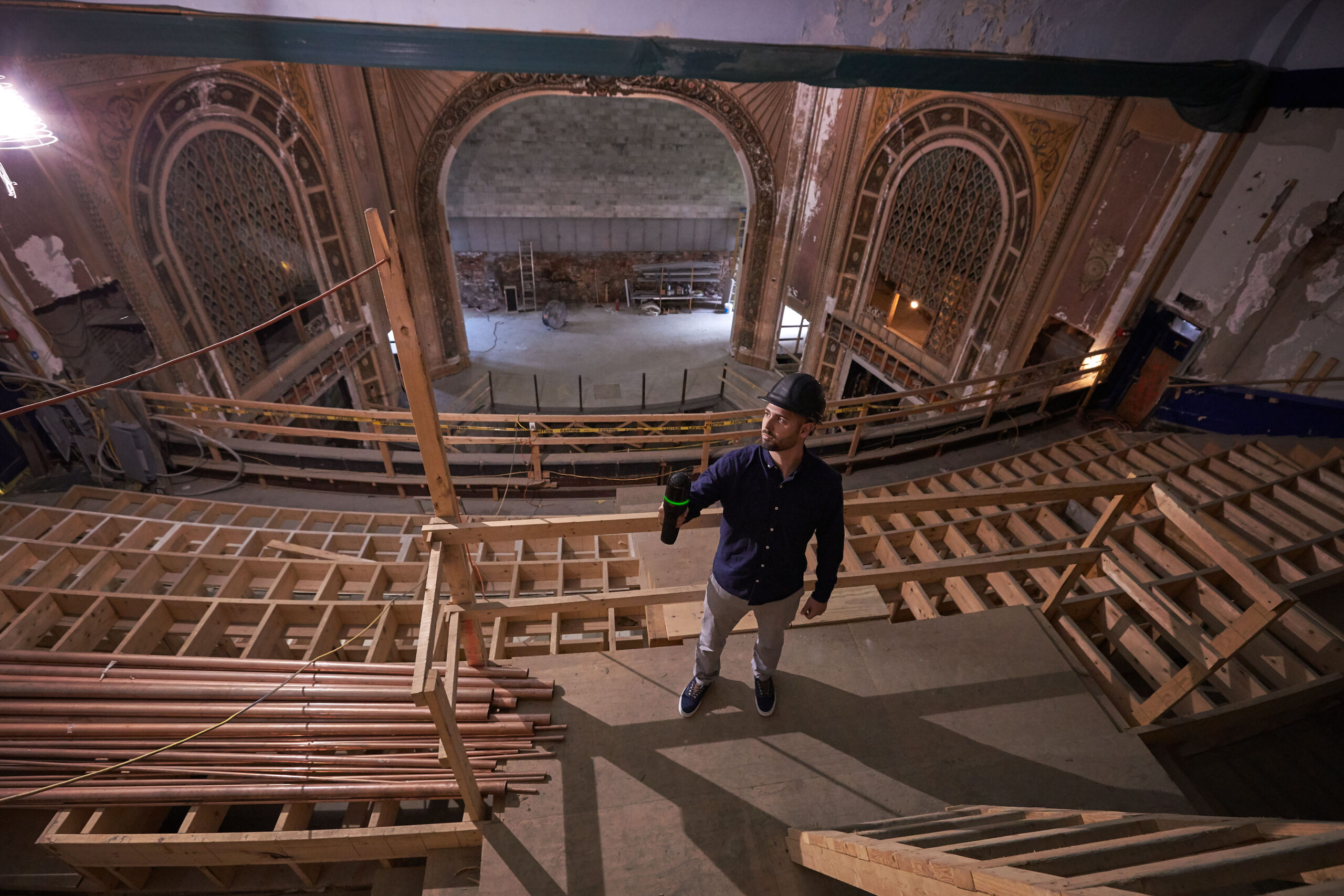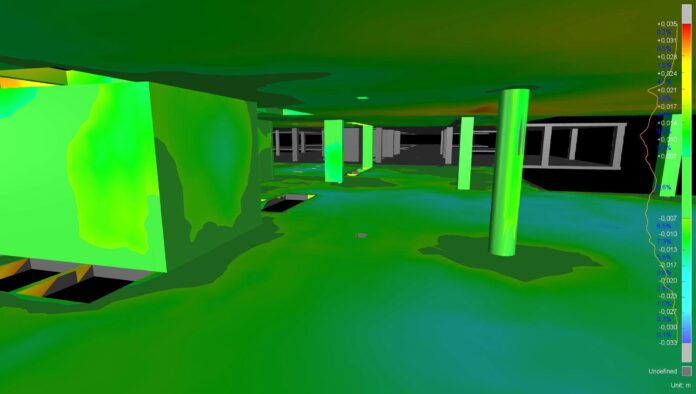In the construction industry, the need to deliver high-quality projects within tight deadlines is ever-present. But a diminishing workforce means you’re increasingly trapped between these competing demands. Obstacles such as inaccurate project assessments, delays due to subcontractor errors, and miscommunication between the construction site and office exacerbate the challenge.
Technology such as laser scanning provides a new way to address project management. By easing progress tracking, validation, and coordination, you can reduce delays and rework while boosting your bottom line.
Accurate Progress Tracking
Traditional methods of estimating project completion often rely on examining a small sample of the project for completion and then extrapolating the information, but this can result in wildly inaccurate assessments. By capturing precise data on the current state of a project in the field, laser scanning gives detailed insight into what’s been completed and what hasn’t.
With today’s ultrahigh-speed tripod-based and handheld mobile laser scanners, documenting construction progress with reality capture is fast and easy.
Ted Moberg, reality capture specialist for Leica Geosystems, says, “Workflows can use laser scanning to capture the current state of a structure and compare it to previous scans. This allows for precise measurements of piping, steel erection, and ductwork installation.”
Tracking progress with precision enables you to know exactly where a project stands, leading to more informed decisions, timely payments to subcontractors, and effective timeline scoping.

Validating Construction Elements
In addition to tracking installation, laser scanning technology enables validation against design tolerances. By comparing the actual scan data with the design model, discrepancies can be identified quickly and with precision.
Moberg explains, “We can use laser scanning to make sure installations meet tolerances. For example, we can compare installed ductwork to the actual design model and tell whether it has been installed and, if it has, whether it meets tolerances. Since we have proof to send back to the subcontractor for fixing, there’s no arguing and delaying over what is actually there on site and whether it’s correct.”
By validating construction elements through laser scanning, you can ensure adherence to design specifications and enhance overall project quality.

Improving Coordination Between the Field and Office
When there’s a disconnect between the office and the field, critical information can be lost during the handoff of information, impeding effective collaboration and hindering project success. Laser scanning technology bridges this gap by enabling seamless data exchange.
“By scanning existing conditions and sending them to the office, designers don’t need to make assumptions,” says Moberg. “Design is much more accurate, and there’s no guesswork on whether materials will fit in the field.”
RELATED: Discover 7 ways to use technology to help bridge your construction labor gap >
Ready to streamline your construction project management? Contact us for guidance on how to get started.






